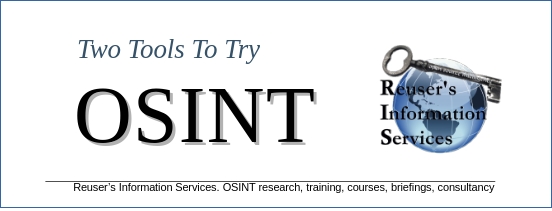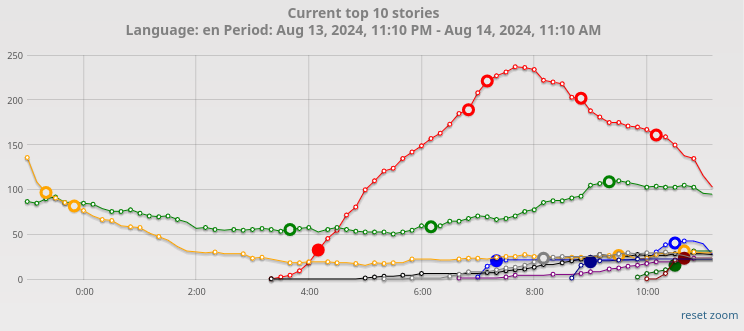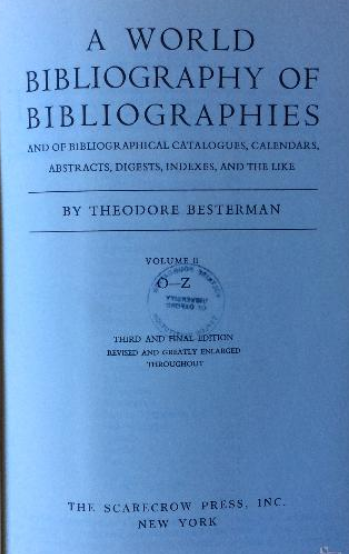To have access to more structured, authorative, controlled data a local newspaper may come in useful. Especially in conjunction with social media that are usefull as a kind of first hand witness account. Use social media to monitor and find out if something has happened, then use newspapers to get more overview, reliability and explanation as to the ‘what’ has happened and why.
There is a number of resources to find newspapers worldwide. First of all commercial resources such as Factiva and Lexis-Nexis are extremely useful and time efficient. But when you are on a budget or just need one or two local newspapers from an unfamiliar country, may be the following two resources will help.
First is a bibliography of historical newspaper resources: Guide to newspapers and newspaper indexes. – Harvard Library. – Categorised selection of about 60 resources on newspapers, periodicals and magazines. Most university libraries have guides like this. Just use one that fits your information requirements.
https://guides.library.harvard.edu/news/bibliography
For finding links to current newspapers, press, radio and TV station try ABYZ News Links. – Geographically organised listing of links to broadcasts, newspapers, press and some magazines. Mainly English language.
http://www.abyznewslinks.com/
That’s it for this week. Interested in more tools and sources for OSINT? Have a look at the Internet Resource Discovery Toolkit at http://rr.reuser.biz.



